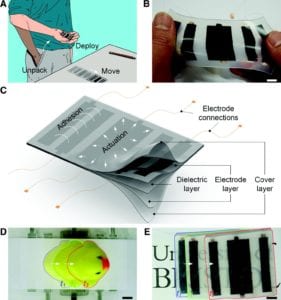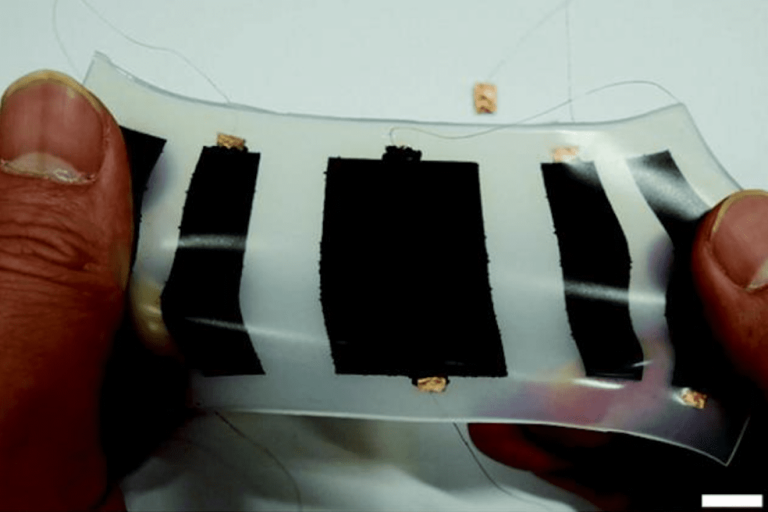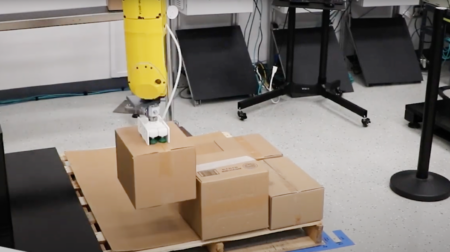Stretchable skin-like robots that can be rolled up and put in one’s pocket have been developed by a University of Bristol team using a new way of embedding artificial muscles and electrical adhesion into soft materials.
This new advance could create new thin and light robots for environmental monitoring and deployment in hazardous environments, robot grippers for delicate objects and new wearable technologies.
Taking inspiration from biological skins and soft organisms such as snails and slugs, researchers from Bristol’s Faculty of Engineering, led by Professor of Robotics Jonathan Rossiter, have successfully demonstrated a new robotic skin that crawls across a surface by alternately contracting embedded artificial muscles and gripping the surface using electrical charges.

The skin, called ElectroSkin, can be scrunched up, put in one’s pocket and then later pulled out and thrown on a surface where it moves. According to the University of Bristol team, ElectroSkin is a new fundamental building block for a range of soft next-generation robots.
In the future, ElectroSkin robots may be able to crawl up walls and across ceiling to clean them, explore difficult to reach environments including collapsed buildings, and be used in a range wearable second-skin devices.
Professor Rossiter said: “ElectroSkin is an important step toward soft robots that can be easily transported, deployed and even worn.
“The combination of electrical artificial muscles and electrical gripping replicated the movements of animals like slugs and snails, and where they can go, so could our robots!”








